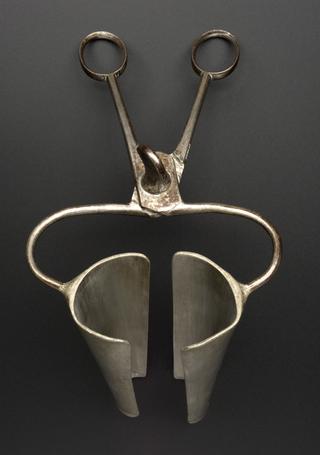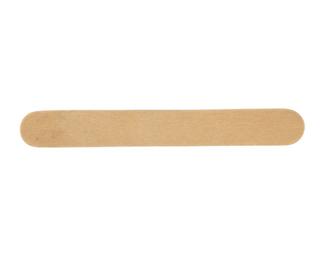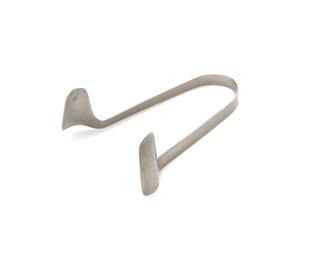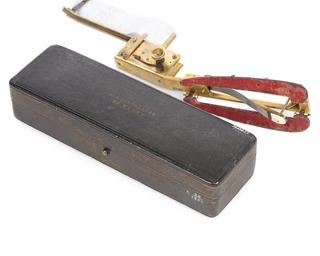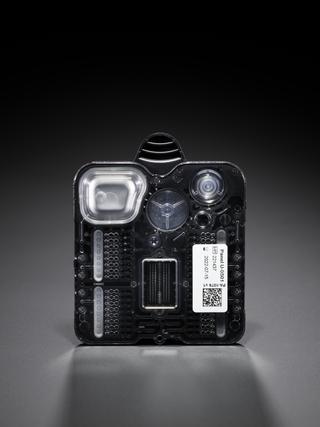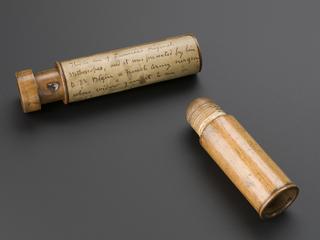
A Thoma haemacytometer capillary pipette
A Thoma haemacytometer capillary pipette, by C. Zeiss, German, 1891-1930
A haemacytometer calculates the number of blood cells within a given amount of blood. The first haemacytometer was invented by German physician, Karl Vierordt (1818-84) in 1852. His invention was later adapted by many others. Any increase or decrease in blood cells in the blood is analysed. It may indicate disease within the body. A low level of red blood cells is called anaemia. A high level of red blood cells is called polycythaemia. This haemacytometer is seen with pipettes and counting chamber. It was made by Carl Zeiss in Jena, Germany.
Details
- Category:
- Clinical Diagnosis
- Collection:
- Sir Henry Wellcome's Museum Collection
- Object Number:
- A608059/4
- Materials:
- glass and rubber (unidentified)
- type:
- haemacytometer
